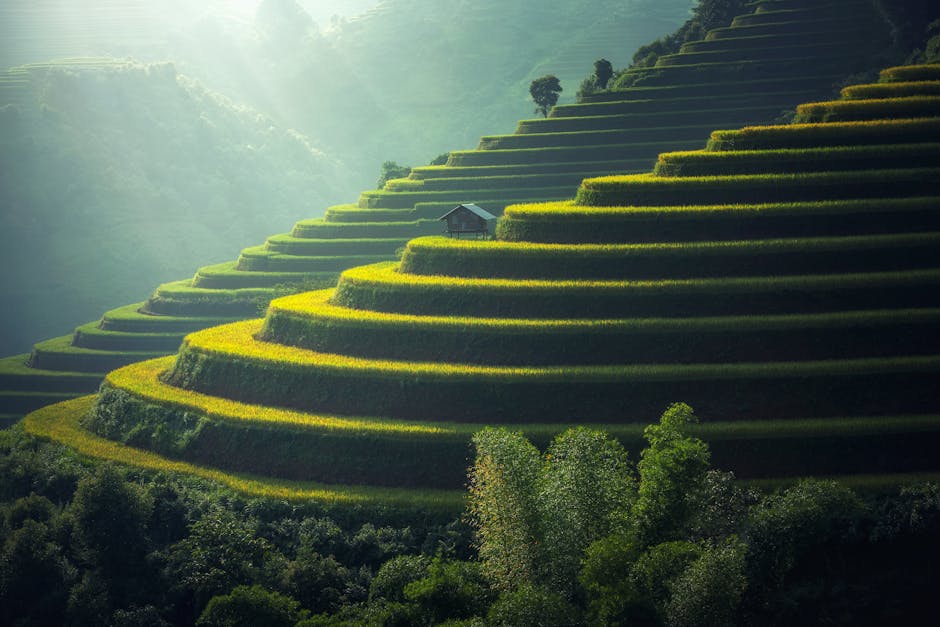
Indigenous-Communities-and-Land-Ownership
Indigenous Communities and Land Ownership
Indigenous communities have a deep connection with their land, which goes beyond mere ownership. For them, land holds immense cultural, spiritual, and historic significance. This article explores the importance of land ownership for Indigenous communities.
The Historical Significance
For thousands of years, Indigenous peoples have lived in harmony with their land. Land ownership was never just about possessing a piece of property; it represented a sacred bond. Indigenous communities believe that they are the caretakers of the land, and it is their responsibility to protect and preserve it for future generations.
Cultural and Spiritual Connection
The connection between Indigenous communities and their land is deeply embedded in their culture and spirituality. Land serves as a source of identity, traditions, and practices. It plays a crucial role in rituals, ceremonies, and cultural activities. The land is seen as a teacher, a provider, and a nurturer.
Challenges to Land Ownership
Indigenous communities have faced significant challenges to their land ownership rights throughout history. Colonization, forced relocations, and the imposition of modern land laws have disrupted their connection with the land. Many Indigenous peoples have been dispossessed of their ancestral lands and territories.
Land Rights Movements
In recent years, there has been a growing movement for the recognition and protection of Indigenous land rights. Indigenous peoples and their allies are advocating for the return of ancestral lands and the right to self-determination. Land rights movements seek to empower Indigenous communities and ensure their involvement in decision-making processes regarding land and resource management.
The Way Forward
Recognizing and honoring Indigenous land ownership is crucial for reconciliation and building a more inclusive society. It is essential to respect the rights and sovereignty of Indigenous communities over their ancestral lands. By doing so, we not only preserve Indigenous cultures but also contribute to environmental sustainability and the well-being of future generations.

